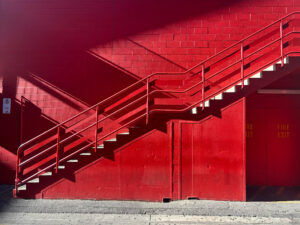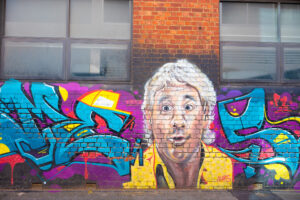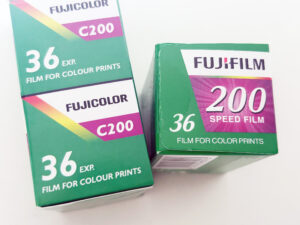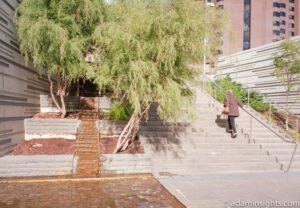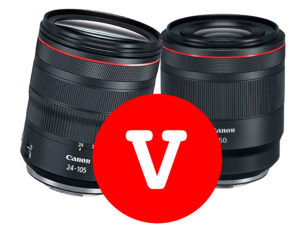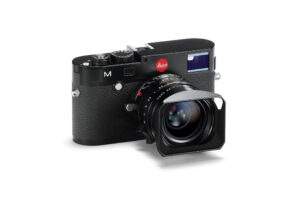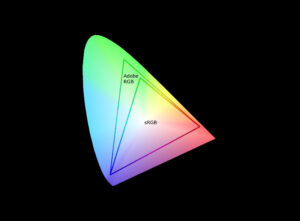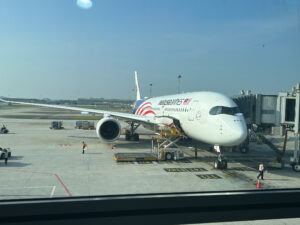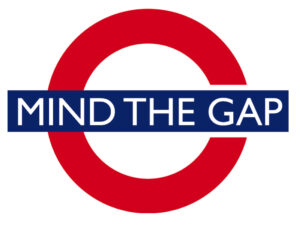Films like 1917 and Birdman have captivated audiences with their seamless, continuous-shot storytelling, creating the illusion that the entire movie was filmed in one unbroken take. But is this really the case? The answer is no—these films are carefully crafted using hidden cuts, long takes, and digital effects to create the appearance of a single shot. This essay will explore the filmmaking techniques behind “one-take” movies and TV episodes, explaining how they are created, why directors choose this style, and how these techniques enhance storytelling.
The Illusion of a Single Take
While some films claim to be “one-take,” the reality is that most are shot in multiple segments and seamlessly edited together. Movies like 1917 (2019) and Birdman (2014) use various cinematographic tricks to create the illusion of a continuous shot. Here’s how they do it:
1. Hidden Cuts
Hidden cuts are a primary technique used to blend multiple takes together. Editors and cinematographers use objects, lighting changes, or movement to mask the transition between different shots. Common methods include:
- Objects passing in front of the camera – A character walking past the lens or an object moving across the frame can hide a cut.
- Sudden darkness or bright lights – Moving into a dark space or brightening the scene quickly can provide a natural place to stitch two shots together.
- Whip pans – A fast camera movement from one direction to another allows for a seamless transition.
2. Long Takes
Instead of filming everything in one take, filmmakers use extended takes—some lasting several minutes—which are later stitched together. These long takes require extensive rehearsal, as actors and crew must synchronize movements perfectly.
For example, in 1917, each scene was filmed in long segments, with the actors and camera operators moving through carefully designed sets. These takes could last up to 10 minutes, requiring flawless execution to maintain the illusion of a single take.
3. Digital Stitching and CGI
Modern technology allows filmmakers to merge multiple takes digitally. In 1917, visual effects artists used CGI to blend shots, ensuring seamless transitions between takes. This digital stitching is often so well-executed that audiences cannot detect the cuts.
In Birdman, Alejandro González Iñárritu and cinematographer Emmanuel Lubezki used clever editing techniques and CGI to make the entire film appear as one take, even though it was shot over several weeks.
The Storytelling Benefits of the “One-Take” Technique
Directors choose the one-take style for specific storytelling reasons:
- Immersion and Realism – By eliminating visible cuts, audiences feel as though they are experiencing events in real-time. This technique enhances tension and engagement, making viewers feel like they are inside the story.
- Continuous Action and Momentum – A single-take illusion creates an uninterrupted flow, maintaining suspense and intensity, as seen in war films like 1917.
- Character Perspective – By following characters closely without breaks, the audience becomes more emotionally connected to their journey. This technique is used effectively in Birdman, where the camera mirrors the protagonist’s mental state.
”Adolescence” is a gripping new Netflix series that tells the story of 13-year-old Jamie Miller, whose life is upended when he is arrested for the murder of a classmate. Each of the four episodes is filmed in a single continuous take, a technique that immerses viewers in the unfolding drama and heightens the emotional intensity. This real-time storytelling approach allows audiences to experience events alongside the characters, fostering a deeper connection and understanding of their perspectives. The uninterrupted shots also add a layer of authenticity, making the narrative more immediate and compelling.
Movies That Were Actually Filmed in One Take
While most “one-take” films are cleverly edited, a few have genuinely been shot in a single, continuous take:
- Russian Ark (2002) – Filmed in one unbroken 96-minute shot inside the Winter Palace in St. Petersburg, using a Steadicam.
- Victoria (2015) – A German thriller shot in one continuous 138-minute take, following a young woman through a night of unexpected events.
These films required months of planning and precise execution, as there was no room for error.
While films like 1917 and Birdman create the illusion of a single take, they are actually filmed in multiple segments and seamlessly stitched together using hidden cuts and digital effects. However, the illusion serves a greater purpose—it enhances storytelling by immersing the audience in real-time action, increasing emotional engagement, and maintaining cinematic momentum.
For true one-take films, projects like Russian Ark and Victoria showcase the extreme precision and skill required to film an entire movie without cuts. Whether achieved through clever editing or actual continuous filming, the one-take illusion remains one of cinema’s most immersive and technically impressive storytelling techniques.

